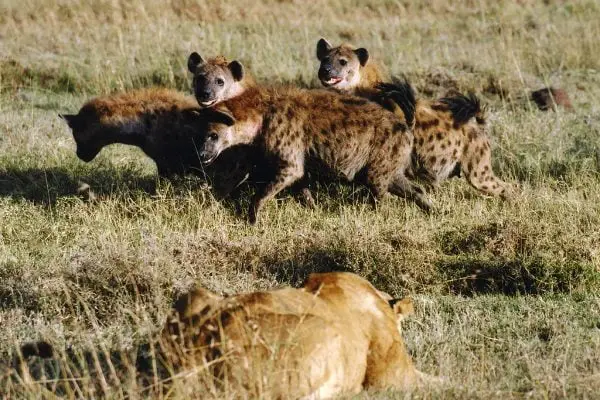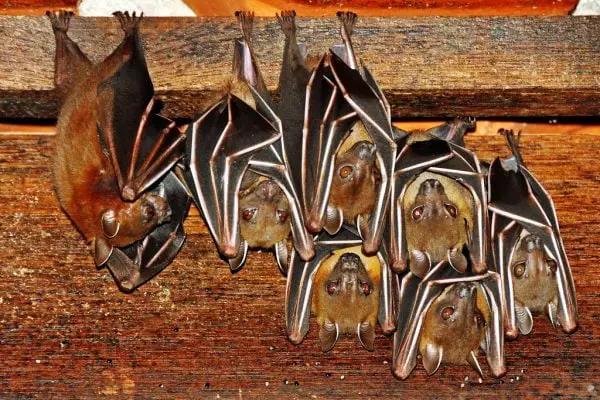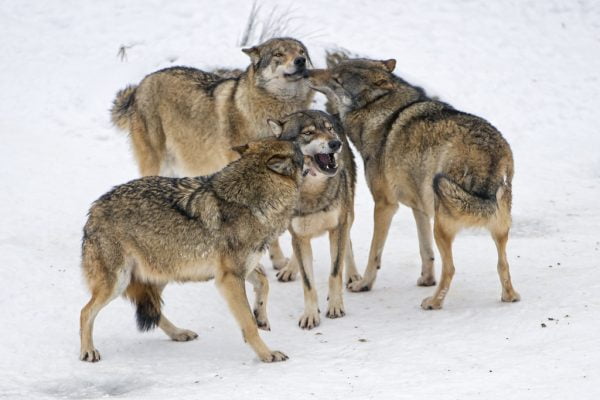Emus, those captivating flightless giants of the Australian outback, have long captured the imagination with their distinctive appearance and swift strides. Beyond their iconic presence, these curious birds exhibit fascinating social behaviors and play a crucial role in their ecosystem. By delving into the diverse collective nouns used to describe groups of emus, we embark on a journey beyond the “mob,” exploring their social dynamics, ecological significance, and the challenges they face in a changing world.
Collective Nouns For Emu
While “mob” is the most commonly used term for a group of emus, signifying a large and potentially unruly group, other terms paint a more nuanced picture depending on the context:
- Mob: This term evokes a sense of movement, abundance, and potential disruption. It signifies a large group of emus moving together, often in search of food or water. The image it creates is one of a seemingly endless procession of feathered giants traversing the landscape, highlighting their remarkable ability to travel long distances and their potential impact on their environment.
Example: As the sun dipped below the horizon, casting long shadows across the parched earth, a mob of emus emerged from the sparse vegetation. Their powerful legs pushed them forward in a determined rhythm, their heads held high and alert, showcasing their coordinated movement and the sheer scope of their collective presence.
- Flock: While rarely used, “flock” signifies a group of emus flying or taking flight together. It evokes a sense of unity, coordinated movement, and a shared purpose. While emus are flightless, the use of “flock” hints at their ancestral connection to birds and the possibility of a bygone era when they soared through the skies.
Example: (Hypothetical Scenario) In a rare and majestic spectacle, a flock of emus, perhaps driven by a long-dormant instinct, attempted a collective leap of faith. Their powerful wings beat against the air, their bodies defying gravity for a fleeting moment, before gently returning to the earth, showcasing the enduring connection between their evolutionary history and their present form.
- Herd: This term signifies a relatively large and loosely organized group of emus living together in a single area. It evokes a sense of shared space, grazing, and social interaction. The image it creates is one of a group of emus peacefully grazing in the grasslands, occasionally interacting through soft calls and gentle nudges, highlighting their social connections and their dependence on their shared habitat.
Example: In the golden light of dawn, a herd of emus grazed contentedly on the lush green shoots lining the billabong. Their long necks stretched towards the fresh foliage, their bodies seemingly blending into the landscape, showcasing their peaceful co-existence and their reliance on the resources of their environment.
- Team: While less frequent, “team” signifies a group of emus working together towards a common goal. It evokes a sense of collaboration, shared effort, and problem-solving. Though not as common in emu behavior as in other species, this term acknowledges the potential for collaborative efforts within emu groups, such as collectively defending their young or searching for new food sources.
Example: Faced with a towering fence blocking their usual path, a small team of emus huddled together. Their large eyes scanned the obstacle, their heads bobbing in communication, as they devised a strategy to overcome the barrier, showcasing the potential for collaborative problem-solving within emu groups.
Interesting Facts About Emus
Understanding these collective nouns goes beyond mere vocabulary; it allows us to appreciate the intricate world of emus and their vital role in the Australian ecosystem:
Masters of Adaptation: Emus possess remarkable adaptations for survival in their harsh and arid environment. Their powerful legs allow them to run at impressive speeds, while their keen eyesight and hearing help them navigate the vast landscapes.
Social Creatures: Despite their solitary tendencies, emus exhibit complex social behaviors. They engage in playful interactions with their young, form temporary breeding pairs, and communicate through a diverse array of vocalizations and body language.
Ecological Significance: Emus play a crucial role in maintaining the health of Australian ecosystems. They act as seed dispersers, their strong digestive systems aiding in the spread of plant life. Their grazing habits also help maintain the balance of vegetation in the grasslands.
Final Thoughts
From the transient “flock” to the collaborative “team,” the diverse collective nouns for emus offer a glimpse into their multifaceted lives and enduring presence in the Australian landscape. By appreciating these terms, understanding their intricate behavior and ecological significance, and acknowledging the challenges they face due to habitat loss and predation
Also Read:






